Explore the Cosmos at Home
From studying light pollution to growing tomato seeds that have flown in orbit, these citizen science projects can help you and your kids enjoy the cosmos at home.
SciStarter Blog
As the days get shorter and the nights get longer, it’s prime stargazing time. To celebrate, we’re featuring citizen science projects ideal for the astronomically-inclined, both those who love going out into the cool night air and those who prefer exploring from the comfort of their easy chairs. Either way, the cosmos await!
RELATED: STARGAZING ACROSS TIME: SHELF LIFE EPISODE 5
Backyard Worlds: Planet Nine
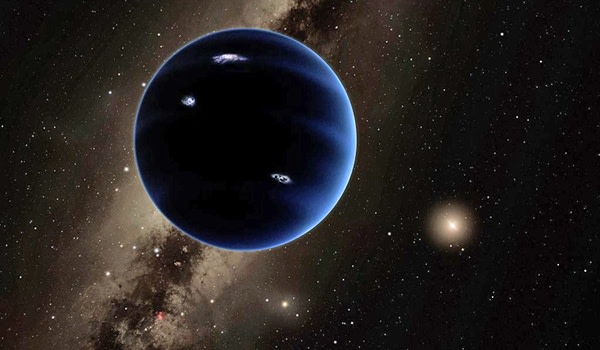

What mysteries await in the outer reaches of our solar system, beyond Neptune, throughout the cosmos? Undiscovered planets? Dwarf stars? Swarms of lost socks? Scientists need your help to find out! You’ll run your eyeballs over telescope images to spot potential new discoveries.
Satellite Streak Watcher
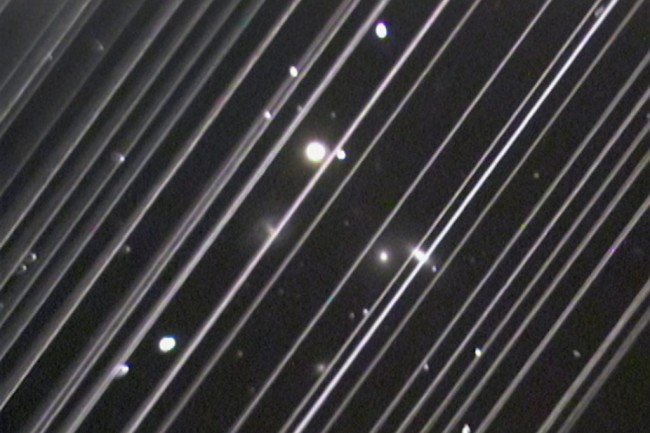

You and your cell phone can help NASA scientists by photographing the paths of satellites in Earth orbit. These spacecraft are accumulating and cluttering up the cosmos for scientists trying to see into space. Your contributions will help them track this growing problem.about:blankabout:blank
Onward Into the Tomatosphere!
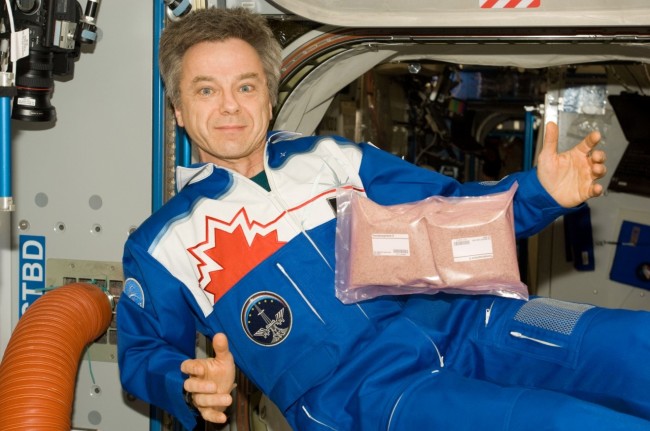

If you take some tomato seeds, expose them to the conditions of outer space, and then plant them, what will happen? With Tomatosphere, it’s your job to find out! The project staff provides the treated seeds, and you grow them, make observations and collect data. Tomatosphere is available to students in grades 3 through 10 in the U.S. and Canada.
Target Asteroids!
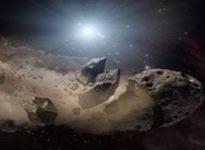

NASA’s OSIRIS-REx spacecraft made news recently by visiting asteroid Bennu. Now they’re looking for more asteroid travel destinations and, if you have an 8″ or larger telescope and a CCD camera, you can help. There are over a million asteroids with a diameter of more than 1 kilometer, and by joining Target Asteroids!, you’ll check them out and help NASA plan future missions.
Spiral Graph
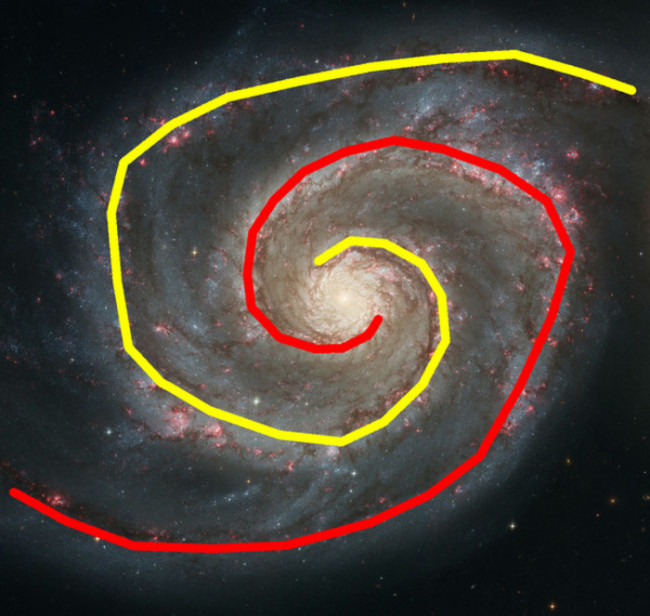

Even if you can barely identify the Big Dipper, your amazing human brain can identify properties of galaxies that baffle even the most powerful computers. That’s why the Spiral Graph Project needs your help. You’ll measure how tightly wrapped spiral arms are in galaxies and identify interesting candidates for future, detailed telescope observations.
RELATED: Photographing Starlink Satellites For Science
Globe at Night
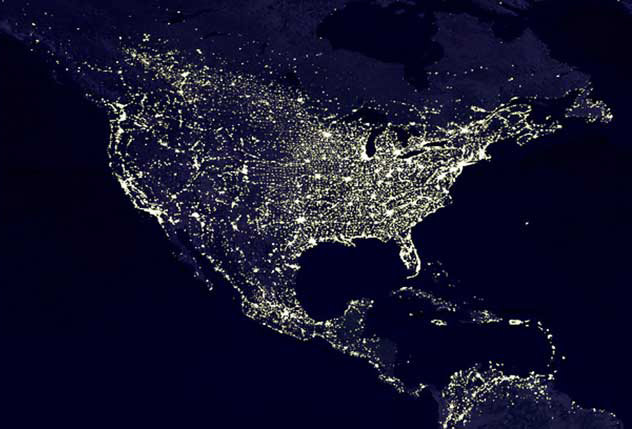

If you can go outside at night and look up, you have what it takes to participate in Globe at Night, a project that’s monitoring light pollution. Your job is to match the appearance of a constellation you see with 7 star maps of progressively fainter stars. Help create a global light pollution map with citizen science.
You can find more citizen science projects at SciStarter.org.
Featured image: The M51 Whirpool Galaxy (Credit: NASA, ESA, S. Beckwith/STScI and the Hubble Heritage Team/STScI/AURA)
About the Author
Bob Hirshon, President, Springtail Media LLC Bob Hirshon heads up Springtail Media, specializing in science media and digital entertainment. He is Principle Investigator for the NSF-supported National Park Science Challenge, an augmented reality adventure that takes place in National Parks. Hirshon headed up the Kinetic City family of science projects, including the Peabody Award winning children’s radio drama Kinetic City Super Crew, McGraw-Hill book series and Codie Award winning website and education program. Hirshon can be heard on XM/Sirius Radio’s Kids Place Live as “Bob the Science Slob,” sharing science news and answering children’s questions.




